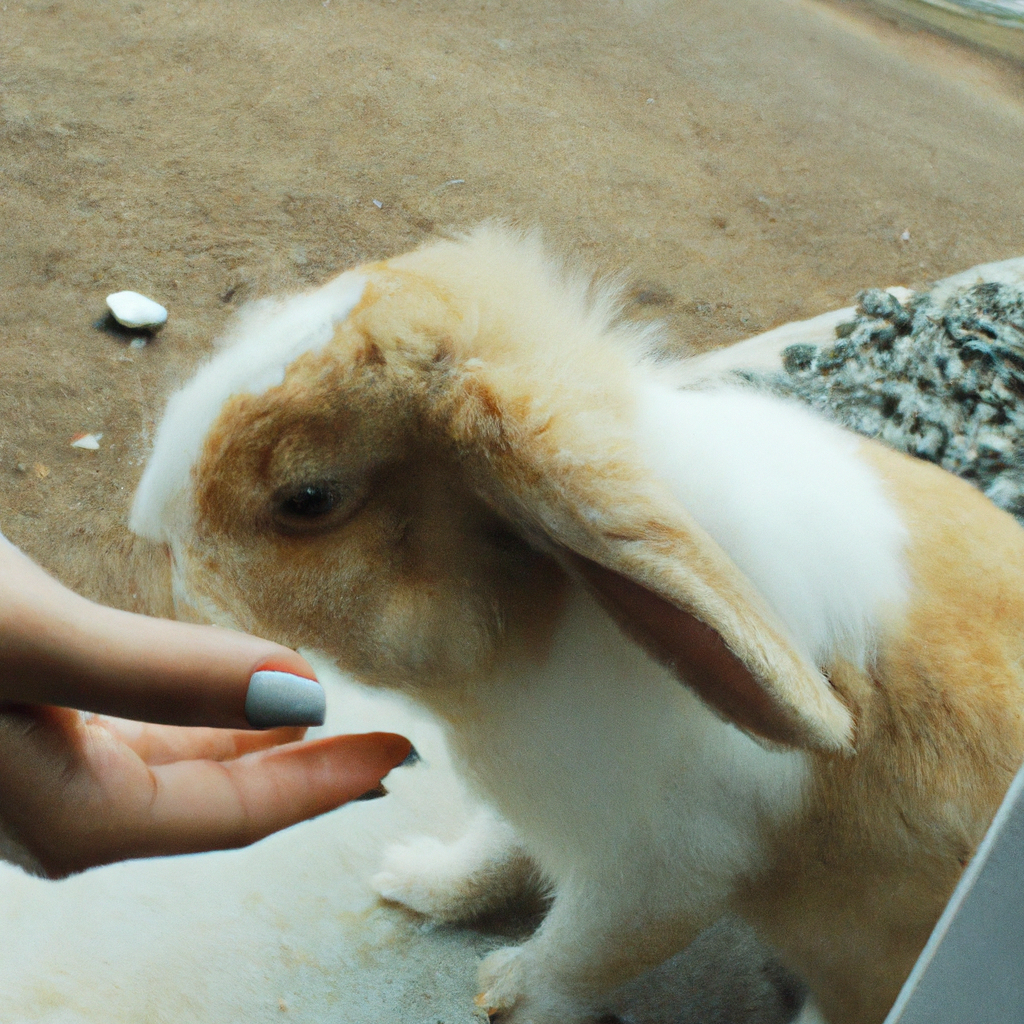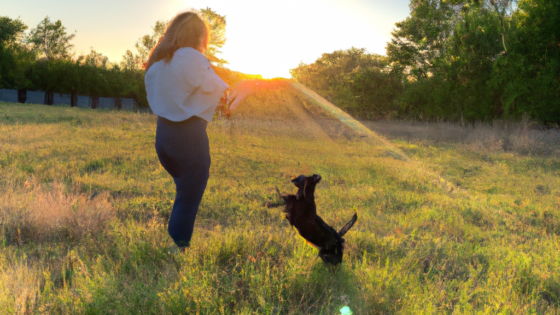Establish a routine: providing a comfortable and predictable environment will help make the pet feel safer.
If you have welcomed a new pet into your household, you may be wondering how to gain their trust. After all, your pet may be feeling uncertain and scared in their new home, and establishing a sense of safety and security is essential for building a strong bond. One way to do this is to establish a routine for your pet. Keeping a consistent daily schedule for meals, exercise, and playtime will help your pet to feel comfortable and safe in their new environment.
When establishing a routine for your pet, remember that consistency is key. Developing a repetitive and predictable schedule will let your pet know what to expect in each situation. Additionally, you should always try to make sure your pet gets enough exercise and playtime. This will help tire out your pet and promote good physical and mental wellbeing. Providing your pet with extra activities, such as interactive games or puzzle toys, is an excellent way to keep them entertained and engaged.
Finally, make sure your pet has an area just for them. Consider placing a cozy bed in an area away from foot traffic and distractions. This will give your pet a place to retreat when they need some extra time to themselves.
By following these tips, you can help your pet to feel more comfortable and secure in their new home. Establishing a routine is an important part of building trust with your pet and creating a loving relationship.
Earn their trust with patience and regular positive reinforcement: start with simple commands and reward the pet for its obedience.
Getting to know and earning the trust of your pet can be one of the most satisfying experiences you’ll ever have. Pets require patience, understanding, and regular positive reinforcement to develop a trusting relationship with their owners.
Start by teaching your pet simple commands, and reward them when they do what you ask. This will help your pet understand that you are in charge and that when they respond to your commands, they will be rewarded. Consistent positive reinforcement will help encourage the pet to trust you more.
It’s important to let your pet take its time getting to know you and adjust to its new environment. Be understanding and treat your pet with kindness and affection. Respect its boundaries and don’t push them too far out of their comfort zone.
Travelling too long distances or attending loud events can be overwhelming and stressful for them. Instead, start with shorter interactive activities and exercises like simple obedience training, going for short walks and playing fetch.
It is also important to understand that your pet may take a while to trust you. Be patient and continue to provide positive reinforcement to your pet. Eventually your pet will understand that you are a caring and reliable companion and will learn to trust you.
Bond together: spend time together playing, cuddling, or going on walks.
“An animal’s trust requires time and effort, as it does for humans. Your pet needs to get used to you and get to know your habits. Much like in a friendship, trust starts when things become predictable and consistent.
A great way to develop that bond with your pet is to spend time together. Whether it’s playing, cuddling, or going on a walk, it’s important to interact with your pet. Get to know their favorite games and activities, practice tricks, and teach them how to listen so they know they can trust your commands.
By being involved in your pet’s life, setting clear expectations, and providing consistency and structure, you’ll gain their trust. Over time you’ll be able to create a lasting bond that carries through the years.”
Read the Animal’s Body Language: recognize the moments when they are relaxed or anxious, and be mindful of how they interact with you.
It’s no secret that establishing a trusting relationship with your pet is necessary for a healthy and happy relationship. But in order to gain that trust, it’s important to understand your pet’s body language and be mindful of how they interact with you.
Knowing the signs of a relaxed animal versus an anxious one can help you create a safe and secure environment that your pet feels comfortable in. Keep an eye out for signs of tension, such as flicking of the ears and eyes, turning away from you, or avoiding contact altogether. On the other hand, look for signs of relaxation, such as wagging tails, lying down, and purring. Respond to your pet appropriately based on the signals they convey.
In addition to body language, be sure to be a consistent force in your pet’s life. Respect their boundaries, never push them too far, and be gentle with your interactions. This includes a regular schedule for meals, exercise, and cuddles.
By paying attention to your pet’s body language, being mindful of how they interact with you, and establishing consistent routines, you will be sure to build a close and respectful bond with your furry friend in no time.
Show patience: be gentle and understanding when they are scared or unfamiliar with something.
When caring for a pet, the development of a bond of trust is essential. A pet that trusts its owner will feel safe and secure, which leads to a stronger relationship. One way to foster trust between you and your pet is to remain patient.
Showing patience shows your pet that they are safe with you and that you are there to provide comfort and help. When pets are exposed to new situations, or if they feel uncomfortable, they may exhibit fearful or anxious behaviors. Instead of getting frustrated, be gentle and understanding. Encourage them and provide reassurance.
You can also practice rewarding positive behavior with treats or verbal praise. Over time, your pet will learn that when they interact with you in a certain way, they get rewards and feel good. This will help them become more comfortable with you and open up to you. That’s how trust is built!
By showing patience and understanding with your pet, you will create an environment of safety and security that can be the foundation of a lifelong, trusting relationship.





